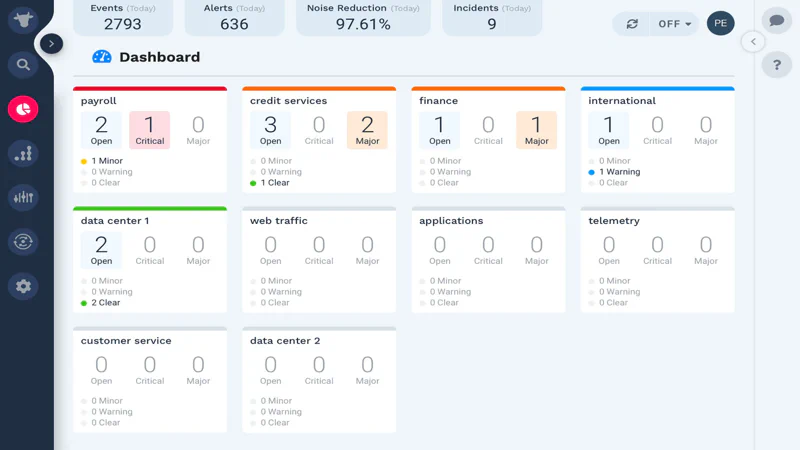Moogsoft: Cloud Cost Savings and Re-Architecture
Role: SVP of Engineering & Interim CISO
Overview: Led a significant refactoring and re-architecture initiative to make Moogsoft’s services multitenant-aware, consolidate similar services, and optimize cloud resource utilization, resulting in substantial cost savings.
Situation: The existing single-tenant architecture for Moogsoft’s services was leading to a large infrastructure footprint and high operational costs per customer. Shared components like MongoDB and Kafka were experiencing high connection overhead, limiting scalability and cost-efficiency.
Task: To lead a re-architecture effort aimed at making services multitenant-aware, consolidating redundant services, and optimizing cloud infrastructure. The primary goal was to significantly reduce the cost of operating the platform for each customer.
Action:
- Collaborated with the lead architect to refactor services to be multitenant-aware, reducing the overall infrastructure footprint.
- Consolidated several similar services, adopting a “modules not services” approach to streamline the architecture.
- Reduced connection overhead on shared components like MongoDB and Kafka by decreasing the number of service instances.
- Negotiated an Enterprise License Agreement (ELA) with AWS.
- Purchased AWS Reserved Instances for baseline workloads.
- Migrated suitable services to ephemeral compute to further reduce costs.
- Utilized tools like CloudHealth, Kubecost, and AWS Cost Explorer for analysis and tracking.
Tech Stack Used: CloudHealth, Kubecost, AWS Cost Explorer, Excel.
Result: Achieved a 64% reduction in the cost to operate the platform for a single customer. The move to multitenant-aware services allowed for far fewer pods and leaner clusters. Reduced connection counts on shared components like Mongo, Kafka, and AWS Aurora enabled further shrinking of these clusters, leading to additional savings.
Context: This project was critical for improving Moogsoft’s gross margins and overall financial health, especially for its SaaS offering. The cost savings achieved made the platform more competitive and sustainable, contributing to the company’s long-term viability and attractiveness for acquisition.
